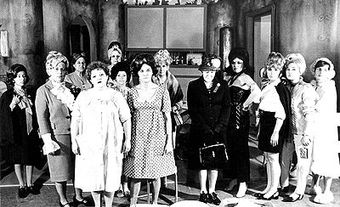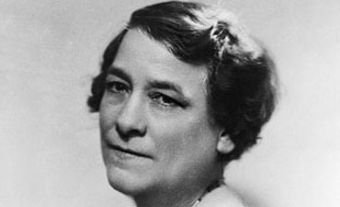While they may not have had access to the battlefields, a number of Canadian women artists made their mark on the visual culture of the First World War by representing the home front. First among these were the women affiliated with the Canadian War Memorials Fund, Canada’s first official war art program. Founded in 1916, the stated goal of the Fund was to provide “suitable Memorials in the form of Tablets, Oil-Paintings, etc. […], to the Canadian Heroes and Heroines in the War.” Expatriates Florence Carlyle and Caroline Armington participated in the program while overseas. Artists Henrietta Mabel May, Dorothy Stevens, Frances Loringand Florence Wyle were commissioned by the Fund to visually document the war effort in Canada.
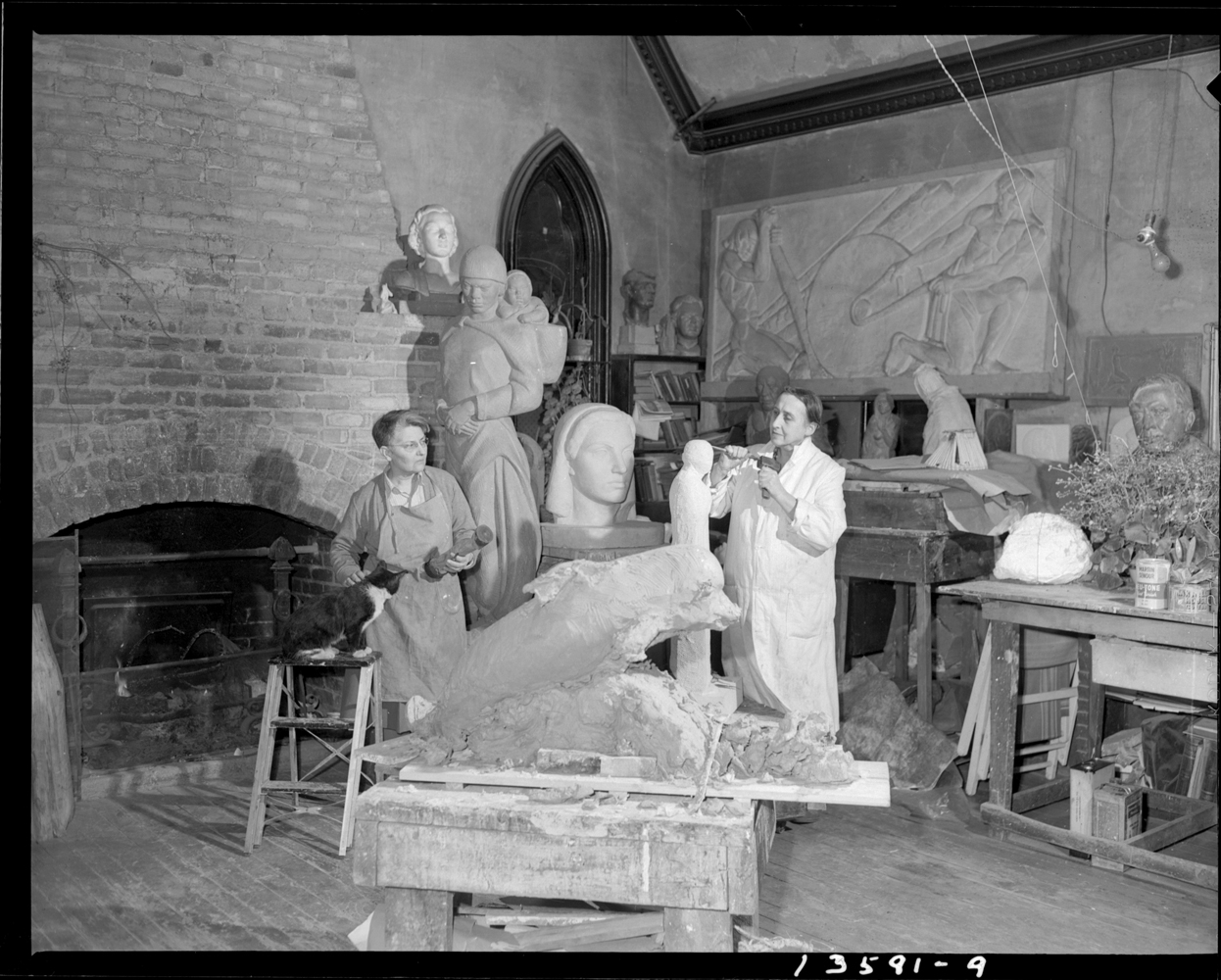
Canadian War Memorials Fund
The Canadian War Memorials Fund was a joint private-public initiative driven by Sir Max Aitken (later Lord Beaverbrook). It financed more than 100 Canadian and British artists working in diverse styles, subjects and media. The fund created a collection that included more than 800 works of art. Artists who created work overseas under the Fund included Canadians such as Maurice Cullen, David Milne, A. Y. Jackson and F. H. Varley, as well as British artists such as Wyndham Lewis and Augustus John.
Captain H.E. Knobel was appointed Canada’s first official war photographer in 1916. Before that, the visual record of Canadian participation in the war relied on foreign contributions, reconstructions of sketches, and rare (and sometimes faked) amateur photographs. The Fund answered the public desire for visual evidence of distant events. It also served as effective patriotic propaganda.
The first picture commissioned by the Fund was The Second Battle of Ypres, 22 April to 25 May 1915 (1917) by British artist Richard Jack. Jack’s large canvas was completed in the romanticized style of a traditional history painting. But other artists adopted more modernist styles. Compare, for example, British painter William Roberts’s take on the same subject, The First German Gas Attack at Ypres (1918).
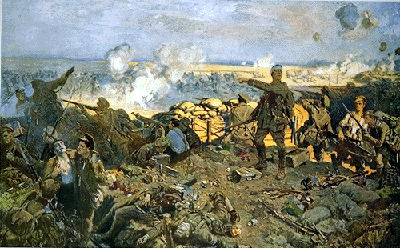
Focus on the Home Front
Beginning in the spring of 1918, the Canadian War Memorials Fund extended its efforts to representing another source of Canadian pride: the home front and its valuable industrial and natural resources. This was done under the supervision of Sir Byron Edmund Walker, president of the Art Gallery of Toronto (now the Art Gallery of Ontario), and Eric Brown, director of the National Gallery of Canada. The new “home work section” of the Fund aimed to celebrate subjects such as troops being recruited and trained; agriculture and forestry; and ship, aircraft and munitions factories.
Munitions factories were an especially popular topic for female artists. May, Stevens, Loring and Wyle all tackled the subject. Munitions workers were the most highly visible women workers during the war. Starting in 1916, approximately 35,000 women entered the munitions workforce. Many of these women were employed as factory workers before the war as well. But it could be argued that the popularity of depictions of female munitions workers — not only in fine art, but in film, photography and print propaganda as well — helped to make women’s work outside the home more commonly accepted. It also helped to popularize an understanding of female identity that was centred on health, strength, activity and independence.
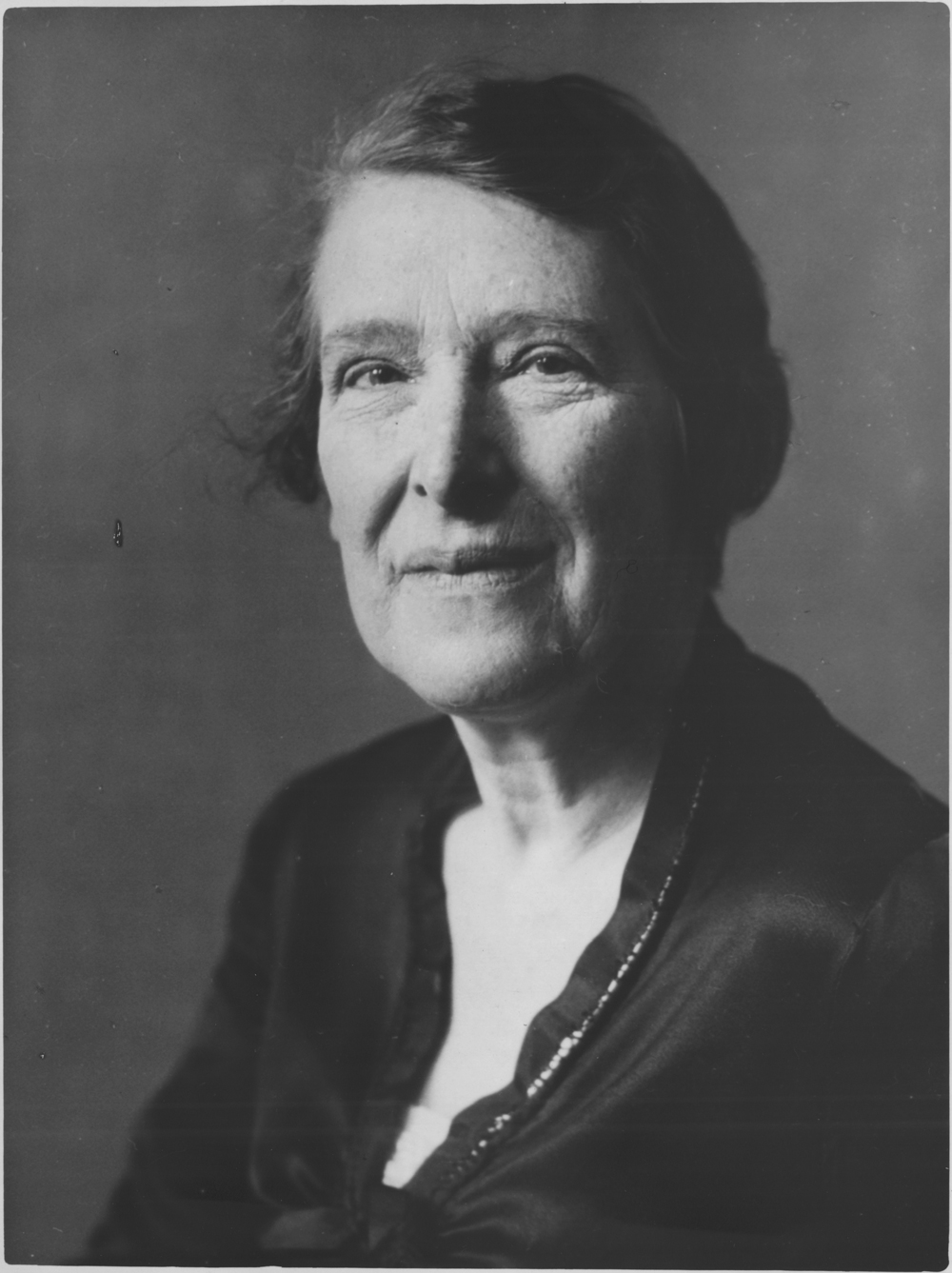
Notable Artists and Works
Montreal artist Henrietta Mabel May was commissioned in 1918 to produce a painting of women’s munitions work. May had studied at the Art Association of Montreal before travelling to Paris, where she discovered Impressionism. A prominent member of the Montreal art scene, May was known for her industrial landscape and harbour scenes. She was a natural fit for the Canadian War Memorials Fund. Eric Brown asked if she had considered painting the work of women in munitions or airplane factories. She eagerly accepted. May’s large canvas Women Making Shells (1919) shows her interest in Impressionism. The scattered light and textured brushwork highlight the unposed figures hard at work and provide an intimate glimpse of an otherwise unseen process.
Dorothy Stevens provided her own take on the munitions factory in a series of etchings. She also depicted shipbuilding, forges and airplane factories in Toronto. Born in Toronto, Stevens trained at the Slade School in London and the Académie Colarossi in Paris before returning home, where she made her name as an etcher and painter. Stevens approached Brown on her own initiative, suggesting a series of prints on home front activities. She was granted the commission in 1918. The resulting images, such as Munitions – Heavy Shells (1918), show both men and women working with heavy equipment; their poses and expressions reflect the physical nature of their labour. Another print, Munitions Fuse Factory (1918), depicts many women working in the close quarters of a factory floor.

The sculptures of Frances Loring and Florence Wyle also emphasize the physical labour of the female war worker. The artists — who were life partners nicknamed “the Girls” — were born in the United States and met at the Art Institute of Chicago. They then moved to New York, and finally, to Toronto. They
became the centre of an artistic circle that dominated the Canadian art world throughout the 1920s and 1930s.
Already well-known, Loring and Wyle were approached by Brown in 1918 to produce a series of small bronze statues commemorating “the various types of girl war workers.” Fifteen works were produced in all (six by Loring, nine by Wyle), nine of which had women as their subject. Depicted as types rather than individuals, their solid, muscular figures have been called heroic; they are frequently compared to classical Greek statues. The formal poses and serene expressions of the women in Wyle’s Noon Hour (1918–19) and Farm Girl (1918–19), for example, project a sense of stoic grandeur even in a relatively small format. Meanwhile, works such as Loring’s Girls with a Rail (1918–19) and The Shell Finisher (1918–19) emphasize the active physicality of work: fabrics ripple, muscles strain and bodies stretch.
Loring’s and Wyle’s sculptures were well received by critics, audiences and other artists alike. In a letter to Wyle, Brown reported on a conversation she had with A.Y. Jackson: “He says you have done a series of bronzes which make him wish to knock down all the statues in Toronto and let you replace them with anything you wish.” May’s and Stevens’ images were well received when exhibited in 1919.

Exhibitions and Collections
The Canadian War Memorials Fund had a number of important successes that went well beyond memorializing the war in visual form. The Fund employed artists at a time when money was tight and public patience for frivolous cultural production was low. The Fund also established a large-scale public infrastructure and professional artistic network that had not existed in Canada in the pre-war period.
Works created under the program were exhibited and donated to the Canadian public after the war. The collection was shown on a wide scale for the first time at the Royal Academy in London in early 1919. It drew enormous crowds, as well as praise for the spontaneous nature of the pieces. The exhibition toured to New York before coming home to Canada in August 1919. It showed first at the Canadian National Exhibition in Toronto, and then at the Art Association of Montreal. The collection was officially handed over to the government in 1920. It was stored at the National Gallery, where it was eventually joined by the works produced under the Canadian War Artists’ Committee of the Second World War. Both collections were transferred to the Canadian War Museum in 1971.
See also: Editorial: Art and the Great War; Documenting Canada’s Great War; Monuments of the First and Second World Wars; Memorials and Honours.

 Share on Facebook
Share on Facebook Share on X
Share on X Share by Email
Share by Email Share on Google Classroom
Share on Google Classroom


